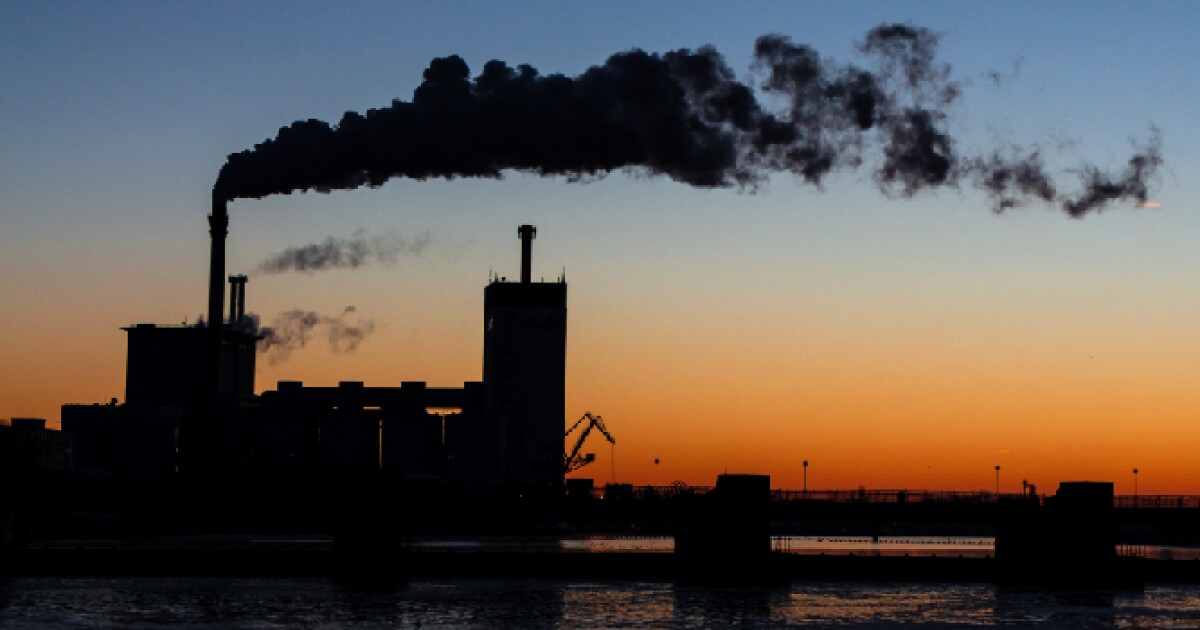
A small group of hard-rock geologists and other scientists have been working on a significant project since 2009. The Anthropocene, a geological period that is said to have been caused by the excessive impact of humanity on the earth, will have its starting point determined by the last of their findings, which will be presented on Tuesday. The Anthropocene Working Group was essentially given three questions by the top priests of the planet’s geological history.
A million years from now, if aliens were to sift through the Earth’s layered rocks and silt, would they be able to recognize a human imprint unusual enough to delineate a distinct geological boundary? If so, when would it begin? The Working Group came to the conclusion that the earth and its inhabitants have really been driven out of the stability of the Holocene epoch, which began 11,700 years ago as the last ice age ended.
A single species has significantly altered the morphology, chemistry, and biology of the planet for the first time in Earth’s history
The world’s life support systems are failing as it becomes uncomfortably hot. They claimed that the mid-20th century ought to be the starting point for the “epoch of humans,” which chemistry Nobelist Paul Crutzen first proposed in 2002. Around this time, a number of indicators of our species’ expanding influence—including a sharp increase in greenhouse gas concentration, microplastic pollution, invading species, radioactive traces from atomic bomb testing, and a dozen other factors—combined to cause what scientists now refer to as the Great Acceleration. The “golden spike” remaining is the single lake deposit, coral reef, ice core, or other geological storehouse of evidence that most perfectly personifies the Anthropocene. At combined news briefings scheduled for Tuesday at the Max Planck Society in Berlin and a gathering of working group scientists in Lille, France, the “winner” will be declared.
The Working Group’s labors must now be vetted by a slew of cynical, tough-minded scientists at the International Commission on Stratigraphy (ICS) and, higher up the food chain, the International Union of Geological Sciences (IUGS), before being presented as recommendations. The majority of those participating believe that the likelihood of that occurring is relatively low. Rock scientists arguing about whether the Anthropocene should be included in the International Chronostratigraphic Chart, the planet’s official 4.6 billion-year timeline, is one level of the discussion that borders on being petty. Even while they accept a break from the past, other geologists claim it doesn’t meet the technical requirements.
The Holocene’s conclusion and the beginning of a new period would simultaneously prompt us to reflect on the disastrous effects of civilization. A single species has significantly altered the morphology, chemistry, and biology of the planet for the first time in Earth’s history, and it is also aware of doing so. Crutzen, who won the Nobel Prize for detecting the synthetic chemicals that were eroding the ozone layer’s protective barrier, believed that the idea and actuality of the Anthropocene would draw attention to the issues that lie ahead. He stated at a symposium in 2011 that “it could very well be a paradigm shift in scientific thinking.” Twelve years later, the majority of scientists who study the intersections of the Earth system’s strands are in agreement.
“It’s the recognition that, ‘Oh my God, we have tipping points. Oh my God, the Holocene is the only state that can support us,'” Johan Rockstrom, head of the Potsdam Institute for Climate Impact Research, told AFP. “The paradigm shift is the realisation that we’re leaving the Holocene and entering the Anthropocene.” Other scientists, however, remain unconvinced, including powerful gatekeepers lobbying against the Anthropocene being adopted as a formal epoch. “The conditions which brought about glaciation” — a dozen mini-ice ages over the last million years — “haven’t changed, so we might expect that the Holocene is simply another interglacial,” Phil Gibbard, Secretary of the ICS, told the “Geology Bites” podcast last year.
Planet may stay in that cycle for 50 million years
He predicted that the planet may stay in that cycle for a further 50 million years. Gibbard has proposed referring to the Anthropocene as a “event” that spans millennia of environmental changes brought about by humans. He pointed out that an event in geology can range from a single raindrop pitting a piece of clay to the Great Oxidation Event, which changed the atmosphere of Earth 2.2 billion years ago. That won’t do for Jan Zalasiewicz, a journeyman geologist who took on the challenge of steering the Anthropocene Working Group through a minefield of opposition and a forest of evidence for more than ten years. According to him, failing to formally endorse the idea would give the appearance that the Holocene conditions that supported the development of human civilization still exist.
“Clearly they are not,” he told AFP. “I am concerned that if the word ‘Anthropocene’ continues to mean different things to different people, then it will lose its significance and simply fade away.” In the end, Zalasiewicz said, we can only follow the evidence. “Science is basically trying to establish what’s real as opposed to what’s not,” he said. “And the Anthropocene is real.”
